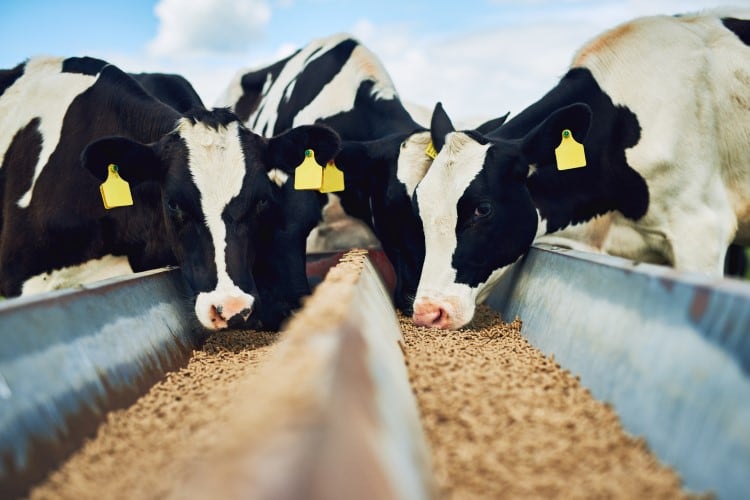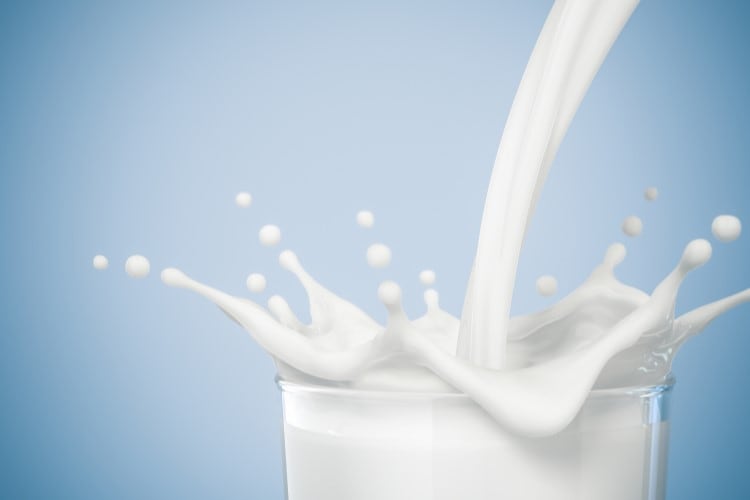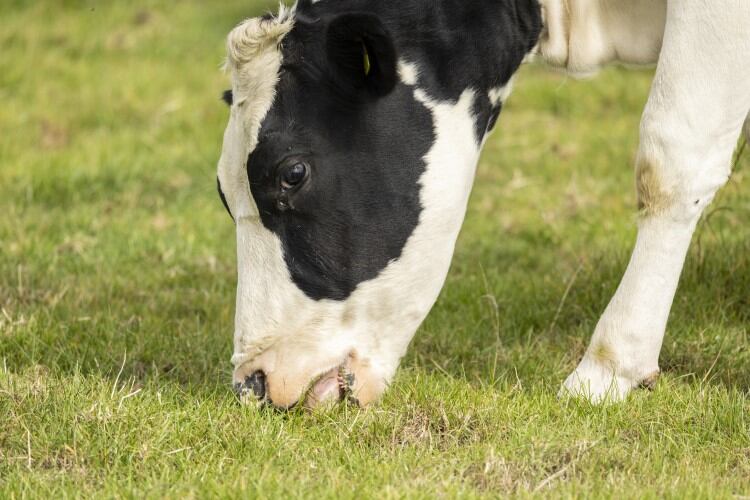The UK’s Department for Environment, Food and Rural Affairs (known colloquially as Defra) has recently concluded its evidence call into methane suppressing feed additives.
More 200 industry stakeholders, from farmers to organizations and individuals, answered a questionnaire designed to help Defra consider the potential role of methane suppressing feed products in reducing emissions from agriculture and judge the level of awareness in the industry.
Of the respondents 5% were farmers, 31% belonged to an industry body including NGOs and academic bodies, and 17% comprised ‘other individuals’, e.g. farm advisors, independent academics and members of the public.
The summary of responses, which was published on the UK government’s website, reveals a fragmented picture of the current perceptions of methane-suppressing feed additives across the UK.
The survey showed that just 12% of respondents ‘always’ implemented methane-suppressing feed as part of their usual feeding regime on-farm, while the majority (29%) never did, followed by 24% who did not routinely incorporate such products. Among respondents who identified as farmers, the majority (40%) said they never used the experimental products.
Most of the respondents (79%) said they were aware of the existence of such products on the market, though among farmers, almost a quarter (23%) said they did not. Seaweeds such as asparagopsis were the most widely recognized among all respondents, followed by 3-NOP-type methanogenesis inhibitors, probiotics and plant metabolites such as essential oils and tannins. Among farmers 11% did not recognize any of the listed options and the number was higher among other individuals, where 14% gave that answer.
Among farmers, seaweeds were also the most widely-recognized type of methane-suppressing feed but probiotics came second, plant metabolites – third, and only then methanogenesis inhibitors such as 3-NOP/Bovaer.
Most farmers 'not planning to' trial methane-suppressing feed
Some of the responses suggest there are negative perceptions among farmers towards using or trialing the technology. Asked if they were planning to or already testing the use of methane-suppressing feed on their farm or within their supply chain, 74% of farmer respondents said they were ‘not planning to trial’; in contrast, only 9% said they were currently trialing, 8% planned to, and 3% had previously completed trials.
Perhaps suggestive of the industry’s and the academic community’s involvement in evaluating the technology, responses from organizations were less polarized – a total of 49% said they were planning to or were trialing the technology or had done so in the past, versus 31% who were ‘not planning to’.
When it came to describing their current perception of using methane-suppressing feed products in livestock diets, 41% of farmers had mainly or very negative perception, while a quarter had positive. Another quarter were undecided, having selected ‘neither positive nor negative’. Asked which they would prefer between synthetic or natural products, 30% of farmers chose ‘neither’.
Farmers also doubt consumers’ willingness to purchase meat or dairy produced by cattle that’s been fed methane suppressing feed. 18% of farmers stated they were ‘uncertain’ that shoppers would buy such products and 26% answered with ‘not likely’ and ‘definitely not’. In comparison, 44% chose ‘maybe’ and ‘yes definitely’.
In contrast, organizations showed a largely positive perception of methane suppressors, though 35% were also on the fence. But compared to farmers, 53% of respondents from organizations had a positive perception of the technology and just 2% - negative.
When it comes to choosing such products, animal health and welfare are the most important factors for farmers, with 72% selecting this answer. Efficacy and cost were the second and third most important attributes for farmers, with 51% and 50% choosing these options, followed by ‘productivity’ and ‘ease of use’. Food safety and the wider environmental impact came next, in contrast with the view of the ‘other individuals’ cohort for whom consumer protection was most important aspect, second only to the environment.
Organizations ordered their priorities differently too, though in agreement with farmers, animal welfare came first. This was followed by feed efficacy (in third place for farmers), environmental impact, consumer and food safety, and livestock impact.
Could financial incentives motivate adoption?
Despite the qualms that the farming community appears to have, 63% of respondents who identified as farmers said they would be motivated to adopt the new technology if financial incentives were offered to them. Organizations (90%) and other individuals (63%) also support this as the best way to increase adoption rates.
In its conclusion, Defra has outlined plans to ‘incentivize uptake’, suggesting the government is receptive to the widely-backed idea.
“In England, we plan to incentivise the uptake of high efficacy products with proven safety once suitable products enter the market (expected to be from 2025),” Defra said in a statement. “We will work closely with industry to explore the best approach to introduce incentives, which could, for instance, include advice, guidance and support for the development and use of products on farms through our farming schemes such as through the Farming Innovation Programme, the Animal Health and Welfare Pathway, our Environmental Land Management schemes, or a new bespoke scheme.
“Our ambition remains to develop a mature market and mandate the use of safe and effective products in suitable cattle systems in England as soon as feasible and at the very latest by 2030.”
Other devolved governments did not commit to incetivizing uptake, however. In Scotland, the government said it was ‘continuing to monitor the development, regulation and production’ of methane-suppressing feed products, outlining the technology’s ‘significant potential’ in reducing emissions from agriculture. The Welsh government shared a similar response on its willingness to explore the scope for adopting such products, while in Northern Ireland, ‘low carbon emission farming practices, including the use of feed additives’, ‘are to ne progressed by collaborative industry research’.
Reflecting on the plans for England, NFU deputy president Tom Bradshaw said: “Farmers need clarity on how these products work, their long-term effectiveness and, most importantly, their impact on animal health and welfare.
“This is a positive step, and we look forward to working with Defra and the industry, particularly feed companies, to further reduce GHG emissions in the agricultural sector.
“British farmers have a huge amount to offer when it comes to producing sustainable and climate-friendly food and are committed to doing more to reach our goal of achieving net-zero emissions by 2040.”




